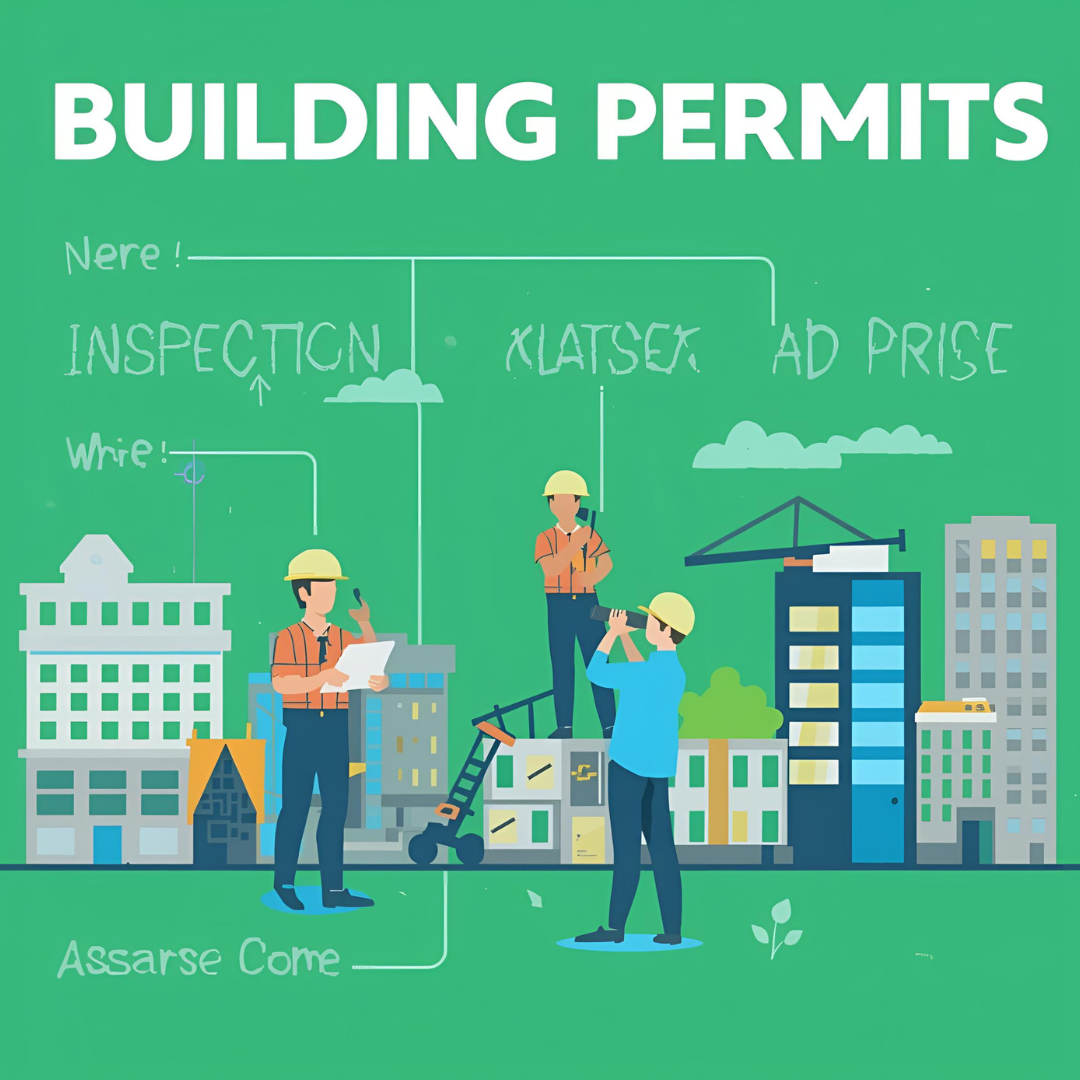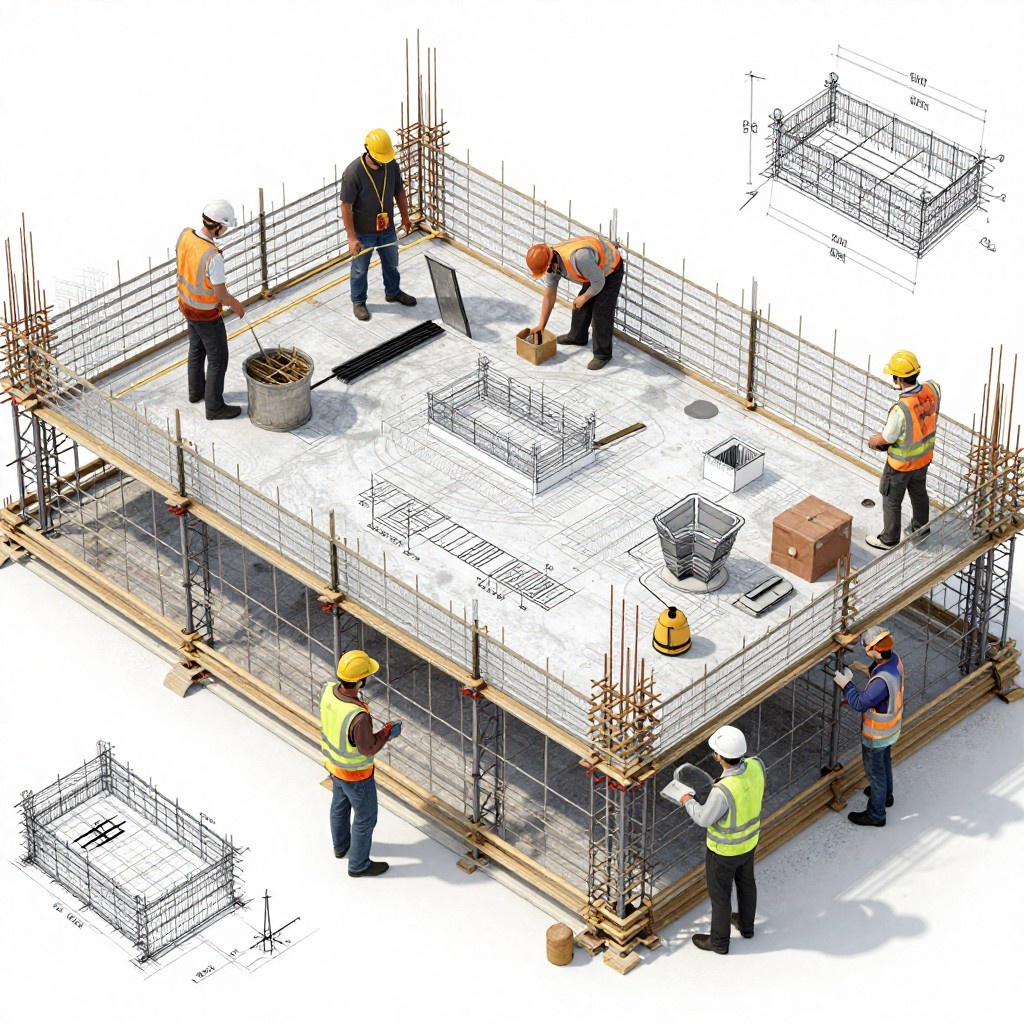Initially, BIM started as a three-dimensional digital representation of the physical and functional characteristics of a building, but it has evolved significantly over time. The integration of additional dimensions, such as time (4D) and cost (5D), has further enhanced its capabilities. In this blog, we will explore 5D BIM, focusing on how it integrates cost estimation into the BIM process, and the benefits, challenges, and future trends of this technology.
What is 5D BIM?
5D BIM, or five-dimensional building information modeling, extends the capabilities of traditional 3D BIM by integrating both time (4D) and cost (5D) dimensions into the model. While 3D BIM provides a detailed digital representation of a building's physical and functional characteristics, 5D BIM incorporates cost-related data, enabling comprehensive budget analysis and cost estimation throughout the project lifecycle.
At its core, 5D BIM involves embedding detailed cost information into the BIM model. This cost data can include everything from material costs and labor rates to equipment expenses and other financial metrics. By linking cost data to the various components and elements of the BIM model, stakeholders can gain a clear understanding of how design changes impact overall project costs.
This integration transforms the BIM model into a powerful tool for financial management and decision-making. Project managers, architects, engineers, and contractors can collaborate more effectively, using the 5D BIM model to analyze cost implications in real-time. This leads to more accurate budgeting, better resource allocation, and improved financial control over the project.
Overall, 5D BIM enhances traditional BIM by providing a more holistic view of the project, encompassing both its physical and financial aspects. This approach helps ensure that projects are completed within budget, on schedule, and to the desired quality standards, ultimately leading to more successful project outcomes.
5D BIM Software in Construction
BIM software is integral to the construction industry, offering significant advantages in project management, design, and execution. 5D BIM software takes these benefits a step further by integrating cost data into the BIM model. This integration allows for more accurate and efficient planning, budgeting, and execution of construction projects.
Some of the leading 5D BIM software solutions include Navisworks, Synchro, Fuzor, and CostX. These platforms provide robust tools for creating detailed BIM models with embedded cost data, facilitating better collaboration and decision-making across project teams.
How Does 5D BIM Work?
The integration of cost data into a BIM model, known as 5D BIM, involves several key steps to ensure that cost estimation and financial management are seamlessly incorporated into the project lifecycle.
- Model Creation: The process begins with the development of a detailed 3D BIM model using software such as Autodesk Revit. This model serves as the foundation, providing a comprehensive digital representation of the building's physical characteristics.
- Adding Time Data (4D): Next, 4D data is incorporated into the model. This involves adding scheduling and sequencing information, which allows stakeholders to visualize the construction timeline and understand how different phases of the project are interrelated.

- Embedding Cost Data (5D): The core of 5D BIM involves integrating cost data into the model. Specialized 5D BIM software, such as CostX or Trimble, is used to link detailed cost information to individual components and elements of the BIM model. This cost data can include material costs, labor rates, equipment expenses, and other financial metrics.
- Real-Time Updates: One of the key benefits of 5D BIM is the ability to update cost estimates and budgets in real-time. As design changes occur, the 5D BIM software automatically adjusts the cost data, providing stakeholders with the latest financial information.
- Collaboration and Visualization: The final step involves using the 5D BIM model to facilitate collaboration among all project stakeholders. The model provides a visual representation of cost implications, allowing team members to analyze different scenarios and make informed decisions.
By following these steps, 5D BIM transforms the traditional BIM model into a powerful tool for cost estimation and financial management, enhancing the overall efficiency and effectiveness of the project.
Benefits of 5D BIM
The adoption of 5D BIM offers numerous benefits that significantly enhance the efficiency, accuracy, and collaboration in construction projects.
- Accurate Cost Estimation: One of the most significant benefits of 5D BIM is its ability to provide accurate and detailed cost estimations. By embedding cost data directly into the BIM model, stakeholders can quickly generate precise budget forecasts. This reduces the risk of budget overruns and ensures that financial planning is based on reliable data.
- Real-Time Cost Updates: 5D BIM enables real-time updates to cost estimates and budgets. As design changes occur or new information becomes available, the BIM model is automatically updated, reflecting the latest cost implications. This dynamic approach helps maintain financial control and allows for immediate adjustments to the budget.
- Improved Collaboration: Enhanced collaboration is another critical advantage of 5D BIM. By providing a shared platform where all stakeholders can access up-to-date cost data, 5D BIM fosters better communication and teamwork. Architects, engineers, contractors, and clients can work together more effectively, ensuring that everyone is aligned with the project's financial goals.
- Faster Decision-Making: With real-time access to cost data and visual representations of financial impacts, project teams can make faster and more informed decisions. This agility is crucial for identifying and addressing potential issues early, preventing costly delays and rework.
- Risk Mitigation: 5D BIM helps identify and mitigate financial risks early in the project lifecycle. By providing a clear view of cost implications, stakeholders can proactively manage budgetary risks and avoid unexpected expenses. This leads to more predictable and controlled project outcomes

Overall, 5D BIM transforms the traditional construction process by integrating cost management into the BIM model, leading to more efficient, collaborative, and financially sound projects.
Challenges in BIM Implementation
While 5D BIM offers substantial benefits, its implementation is not without challenges. These obstacles can impact the adoption and effectiveness of this advanced modeling technique in the construction industry.
- High Initial Costs: One of the primary challenges of implementing 5D BIM is the significant initial investment required. Purchasing specialized software, upgrading hardware, and training personnel to use the new tools can be costly. These expenses may be a barrier for smaller firms or those with limited budgets.
- Complexity and Learning Curve: Integrating cost data into BIM models adds a layer of complexity to the modeling process. It requires specialized knowledge and skills, which can pose a challenge for teams that are not familiar with 5D BIM. The learning curve associated with mastering new software and processes can also slow down implementation.
- Data Management: Managing the vast amounts of data generated by 5D BIM models can be challenging. Ensuring the accuracy, consistency, and security of this data is critical for successful implementation. Inaccurate or outdated data can lead to incorrect cost estimations and budgeting errors.
- Resistance to Change: Adoption of 5D BIM may face resistance from stakeholders who are accustomed to traditional methods. Convincing these individuals to embrace new technologies and workflows can be difficult, especially if they perceive the change as unnecessary or disruptive.
- Interoperability Issues: Ensuring that different software platforms and tools used by various stakeholders are compatible can be a significant challenge. Interoperability issues can hinder collaboration and data exchange, reducing the effectiveness of 5D BIM.

Addressing these challenges requires a strategic approach that includes investing in training and education, adopting standardized data management practices, and fostering a culture of innovation and collaboration. By overcoming these obstacles, organizations can fully leverage the benefits of 5D BIM.
Future Trends in 5D BIM
The future of 5D BIM is promising, with several emerging trends and technological advancements set to shape its evolution. These trends will enhance the capabilities of 5D BIM, making it an even more powerful tool for the construction industry.
- Cloud-Based Solutions: Cloud technology will play a significant role in the future of 5D BIM. Cloud-based solutions will enable real-time collaboration and data sharing among stakeholders, regardless of their location. This will improve project coordination and streamline workflows, leading to more efficient project management.
- Artificial Intelligence (AI): AI will enhance the capabilities of 5D BIM by providing advanced data analytics and predictive modeling. AI algorithms can analyze historical data to predict future costs and identify potential risks. This will improve the accuracy of cost estimations and help stakeholders make more informed decisions.
- Augmented Reality (AR) and Virtual Reality (VR): AR and VR technologies will enable stakeholders to visualize BIM models in immersive environments. This will enhance understanding and communication of project details, allowing for better decision-making and collaboration. AR and VR can also be used for training and simulation purposes, improving the skills of project teams.
- Integration with IoT: The Internet of Things (IoT) will enable real-time data collection from construction sites, providing valuable insights into project progress and performance. Integrating IoT data with 5D BIM models will enhance cost control and project management by providing accurate and up-to-date information.
- Sustainability and Green Building: 5D BIM will increasingly incorporate sustainability metrics, helping projects meet environmental goals while staying within budget. This will involve integrating data on energy consumption, carbon emissions, and other sustainability factors into the BIM model.
These trends will significantly enhance the capabilities of 5D BIM, making it an indispensable tool for the construction industry. By adopting these technologies, organizations can improve project outcomes, reduce costs, and enhance collaboration and decision-making.
5D BIM represents a significant advancement in the construction industry, integrating cost data into traditional BIM models to enhance cost estimation, budgeting, and financial control. While there are challenges to its implementation, the benefits of improved accuracy, collaboration, and decision-making are substantial. As technology continues to evolve, 5D BIM will play an increasingly vital role in the successful delivery of construction projects, paving the way for a more efficient and cost-effective future in the AEC industry.
FAQs
What is the difference between 4D and 5D BIM?
4D BIM integrates time-related information with 3D models, enabling project scheduling and simulation. 5D BIM adds cost data to the 4D model, allowing for more accurate budgeting, cost estimation, and financial planning throughout the project lifecycle.
How does 5D BIM improve cost estimation accuracy?
5D BIM improves cost estimation accuracy by integrating detailed cost data with the 3D model and project schedule. This allows for real-time updates and adjustments, providing a more precise and dynamic financial overview and enabling better decision-making throughout the project.
Can 5D BIM be used for all types of construction projects?
Yes, 5D BIM can be used for all types of construction projects, including residential, commercial, and infrastructure projects. Its flexibility and scalability make it suitable for projects of varying sizes and complexities, enhancing cost management and efficiency across the board.
Are there any industry standards for 5D BIM?
While there are no universally adopted industry standards specifically for 5D BIM, there are guidelines and best practices provided by organizations such as the BuildingSMART Alliance and the National Institute of Building Sciences. Standards often vary by region and project requirements.




